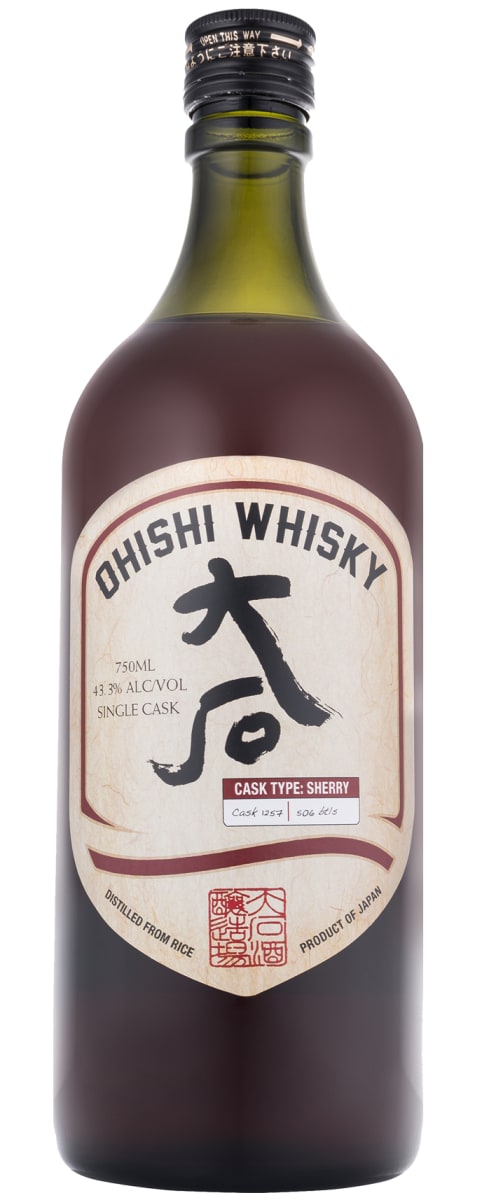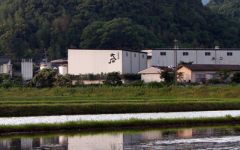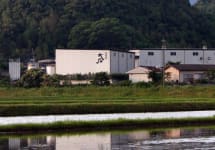Ohishi Sherry Cask Japanese Whisky
-
Whisky
Advocate



Product Details
Your Rating
Somm Note
Distiller Notes
Whisky distilled from rice and is matured fully in fresh Sherry Casks. Each cask is hand selected by the master distiller Oishi-san and represents the beauty of light and dark juxtaposition that is the soft silky texture of rice whisky synchronized with the massive sherry influence of the cask. Big raisins, figs, and oak spice cover the nose and palate. Like sherry cask scotch whisky, but uniquely its own in mouth feel and aroma.
Proof: 86.6
Professional Ratings
-
Whisky Advocate
This dark dram is distilled from malted and unmalted rice along the Kuma river in Hitoyoshi. The nose is redolent of stewed prunes, raisins, plum wine, and walnut, with a palate of treacle, molasses, burnt sugar, licorice, prune, dark fruits, mocha, praline, and nuttier elements. Skillfully, it never veers into bitterness. This should rock the boat for those who love a huge sherried-style whisky.


Ohishi Whisky is distilled entirely from rice and aged in either Brandy or Sherry Casks. In order to ensure the quality of the spirit, the Master Distiller utilizes 30% estate grown grain for distillation, with the remaining 70% of rice (Mochi) coming from the surrounding Kumamoto prefecture. Weeds in the estate rice paddies are controlled, by the employment of koi fish to swim about the grass and nibble the invasive plants. Varieties of estate-grown rice include Hino hikari, Mori no kuma-san, Yamada Nishiki, Gohyaku Mangoku, and Gin no Sato. Because of the rice’s efficient and subsequent clean fermentation, Ohishi uses a pot still made from stainless steel, as opposed to copper.
The Brandy & Sherry cask, aging and bottling unfiltered, puts Ohishi’s distillates into an unprecedented category within Japanese law. Because they are made from rice (as opposed to malted barley), the Japanese do not call them “whisky” and because they are bottled with age (hence not clear in color) they are not considered shochu. For these same reasons, Ohishi’s spirits qualify as whiskey in America, something we are very thankful for! From the raw material, to the process, to the aroma and flavor profile, Ohishi carries weight with the most skeptical whisky drinker.
